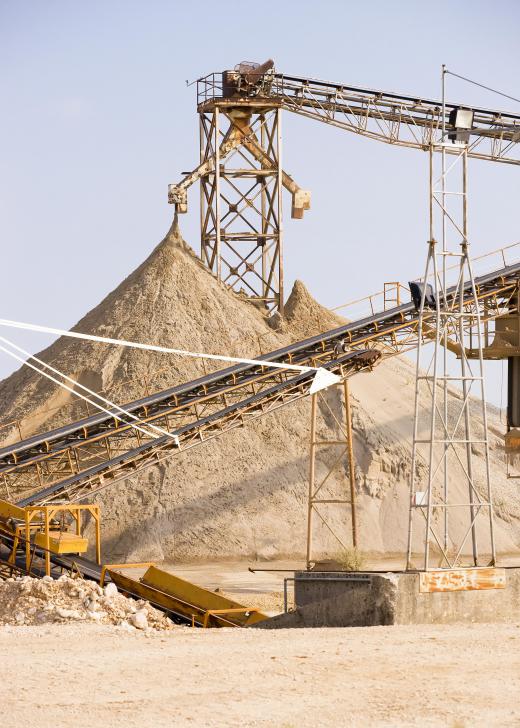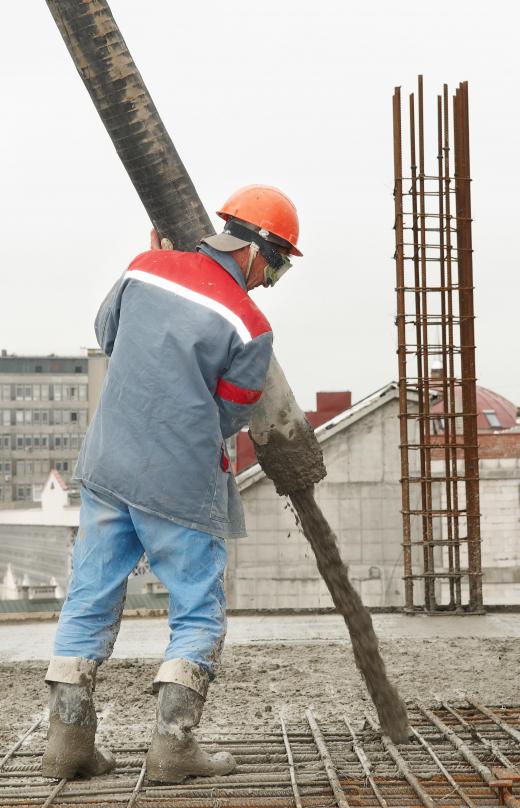Polymer concrete is a concrete type that features a polymer binding compound as a partial or complete replacement for conventional cement. The polymers used in polymer concrete are typically thermoset resins added during mixing or applied by various methods to the surface of cured concrete. The aggregate component of these concrete mixtures must also be of a high quality with no residual dust, moisture or contaminants which can adversely affect the aggregate/polymer bond. The benefits of polymer concrete include a high degree of thermal stability and mechanical strength as well as improved resistance to chemical attack and water intrusion. The disadvantages of the product includes toxicity, combustibility, and volatility of the polymers and catalysts.
Conventional concrete mixes are a combination of a cementitious binder, fine and coarse aggregates, and various other chemical additives when required. When water is included in the mixture, the cementitious component undergoes a process known as hydration that causes it to bond to the aggregates and forming a rock hard and robust material. The cementitious binders in conventional concrete mixtures are typically Portland cement or fly ash. The fine aggregates in standard mixtures are generally various grades of sand with the coarse aggregates being gravel or crushed granite and limestone. Common chemical additives to general concrete mixes include plasticizing agents, pigments, corrosion inhibitors, and process accelerators or retardants.

The mixes that produce polymer concrete are similar to conventional types with the exception of the use of thermosetting resins as complimentary components or replacements for cement or fly ash. Aggregates in these polymer concretes also have to be of a higher quality than those used in conventional mixtures as any traces of dust, moisture or other contaminants may prevent bonding between the polymer and the aggregates. The use of polymer as a binder in polymer concrete lends the cured product a number of unique beneficial characteristics. These include improved structural strength, improved resistance to water penetration, good chemical resistance, and excellent thermal stability.

Polymers can also be used to treat cured concrete and resulting in a product known as polymer impregnated concrete. In this process, the concrete surfaces are exposed to vacuum pressure or ultrasonic vibration impregnation with resins such as methylmethacrylate (MMA). After the resins have penetrated the concrete surface, the polymerization process is completed by thermal or microwave exposure. This method produces concrete that exhibits similar improvements in durability and strength as the premixed versions. Although highly beneficial, the use of polymers in the production of concrete products should be approached with caution because the polymers and catalysts may be combustible, volatile, and toxic.
